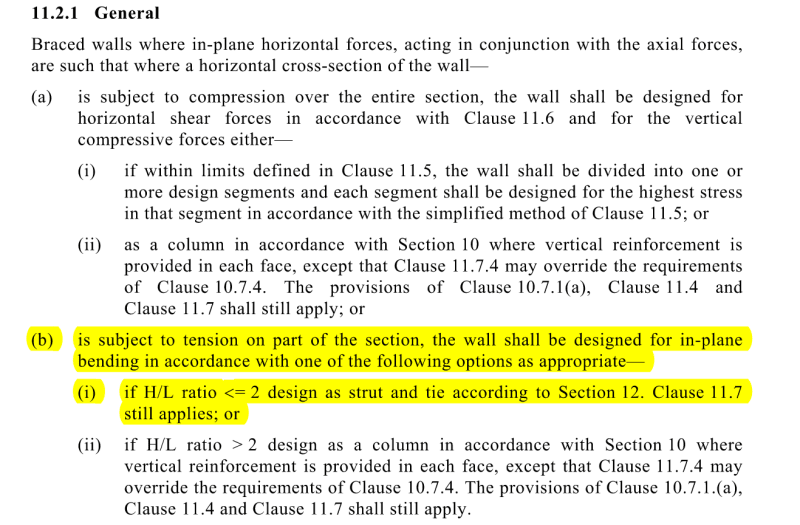Gile_
Structural
- Nov 13, 2020
- 37
The client wants to change the 200mmx1000mm 'gravity' blade column to 150mm thick wall and don't mind increase the length to, say 2m, if needed. Due to the ductility requirement I still need to design these 150mm walls as columns.
So do you put two layers of reinforcement in OR,
if two layers of reinforcement is hard to arrangement due to the limited space, do you put one layer only and design as columns anyway and check the curvature?
So do you put two layers of reinforcement in OR,
if two layers of reinforcement is hard to arrangement due to the limited space, do you put one layer only and design as columns anyway and check the curvature?


